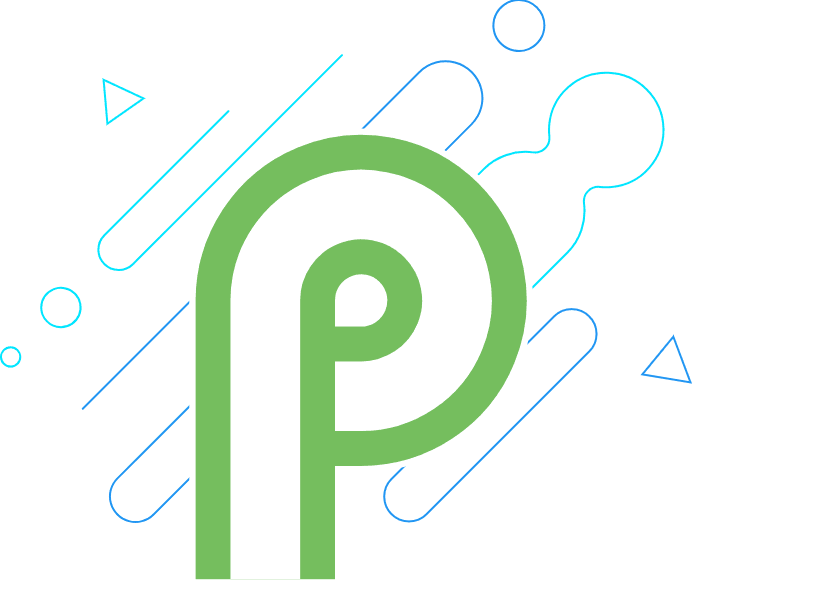Remember the WiFi and VPN issue that first came with the Android Oreo 8.1? The glitch restricted apps from connecting to the Internet via WiFi during a VPN connection. The issue was highlighted in December of last year, and at the time, Google was quick to admit the glitch and promised a fix soon. Now, it appears that the WiFi and VPN issue will get fixed with the Android P, which is still a few months away.
Even though the fix is still due, there have been some interesting developments on the matter. After Google acknowledged the issue, it was soon followed up with a promise (in December itself) that their team had fixed the issue internally, and the users would get the fix with the future Android release. However, nothing came out and the issue continues to frustrate the users.
In March, however, when users were anxiously waiting for a fix, one Google employee – on another forum on the same issue at Google’s own Issue Tracker – marked it as closed citing the reason “Intended Behavior.” Justifying the stance, the employee said, “when a VPN is up the OS has no way to guarantee that network traffic will go on wifi.”
Further, the forum said that it is up to the VPN to decide the traffic to receive or send even when using a smartphone’s data. Such behavior is the result of recent changes made to the VPN code, wherein if the “VPN calls setUnderlyingNetworks, the networking APIs will reflect some of the properties of the underlying networks (e.g., whether they are metered or not) into the VPN’s networkcapabilities.”
Such a comment will have discouraged many users, who have been facing this WiFi and VPN issue. Soon after, they had a reason to be happy after a developer stated that the Oreo 8.1 issue would get fixed in the Android P. After one user inquired about the issue on an OpenVPN for Android GitHub page, a developer – by the name of Schwabe – was quick to reply that the problem will be addressed in Android P.
Providing proof to what he was saying, the developer also shared a link to the official Android P behavior changes page. The page included a section that details the VPN related changes. “Starting in Android P, when a VPN calls the setUnderlyingNetworks() method, the Android system merges the transports and capabilities of any underlying networks and returns the result as the effective network capabilities of the VPN network,” read a part of the official Android P behavior changes page.
So, for now what we know is that the WiFi and VPN issue, which triggered with the Oreo 8.1, will get fixed in Android P. It has surely been a long wait for the affected users, but the point is they had no option. The wait must have surely frustrated the users who often use a VPN service/network, but because of the glitch, some of their favorite apps, including Google Photos that are set to work only with WiFi, would have failed to connect to WiFi.
According to some of the affected users, the affected apps treat the WiFi connection as the cellular data connection. This means, if the apps can somehow be set to work on the cellular data they should work properly. Since Android P is still a few months away, and if you are frustrated with the WiFi and VPN issue, you may try your luck by tweaking a few settings. Or else, wait for the Android P, which is expected to come out sometime in August.
Talking of the Android P, it is expected to be a major overhaul over the Oreo. The upcoming OS would focus heavily on the gestures for navigating the UI. Google came up with the three iconic buttons for navigation – Back, Home, and Recents – with the Android 3.0 Honeycomb in 2011. However, the three buttons, it appears, would be made redundant in favor of the gesture-based system.
Further, in terms of visual changes, the upcoming version won’t be much different from the Oreo. Still, it will have a few but noticeable elements. For instance, the Android P would include circular Quick Settings icons, rounded corners for every menu jump and colorful icons in Settings. Also, Google would introduce the Android Dashboard with the upcoming Android version. The dashboard will give you all the information on how you are using the phone, such as stats on time spent on each app, number of notifications received, number of times the screen has been turned on, and more.
Apart from these visual changes, one change that can only be experienced in person is the way Android moves. No doubt, Oreo was smooth, but many say that the upcoming version will just fly underneath your fingertips.





